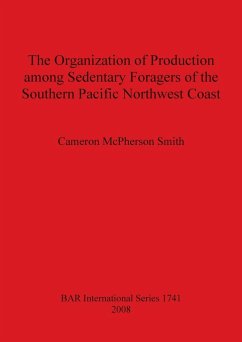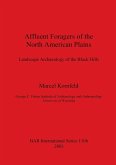The study of Canadian northwest coast complex foragers, and particularly those of the Greater Lower Columbia River region, assists general anthropology and anthropological archaeology in several ways: it identifies material correlates of one exampleof complex foragers, which may be useful in other analytical contexts, it assist in understanding the origins of inequality on the Northwest Coast and elsewhere by describing the precontact organization of labour, and it also assists in the understanding of how the unique sedentary foragers of the Lower Columbia region were economically organized in the early-contact period, partially as a test of the accuracy of historical reports. This report investigates the relationship between the organization of labour and usewear and artefact distributions from the floor areas of three aboriginal plank houses excavated in the Greater Lower Columbia River region. These houses date to the late precontact/early contact period, from ca. 1400 AD to 1830 AD. Lithic usewear analysis on tools excavated from these houses was used to identify the range and nature of extractive and maintenance activities carried out within the houses during occupation.
Hinweis: Dieser Artikel kann nur an eine deutsche Lieferadresse ausgeliefert werden.
Hinweis: Dieser Artikel kann nur an eine deutsche Lieferadresse ausgeliefert werden.








